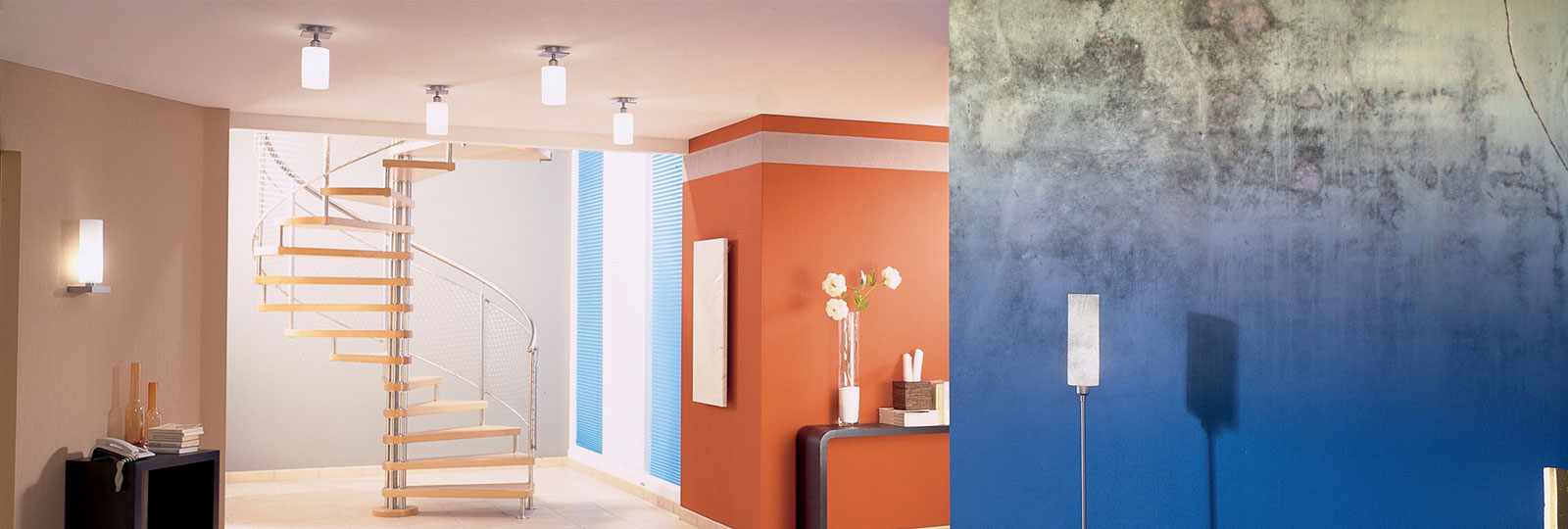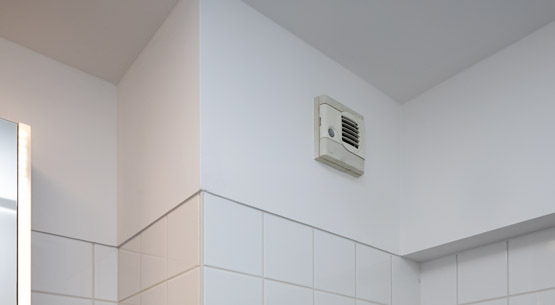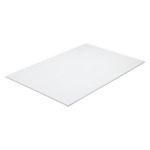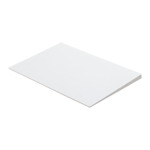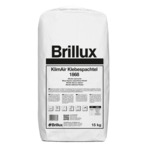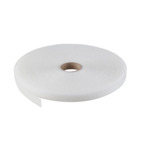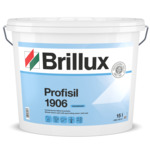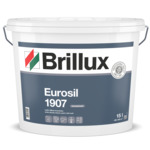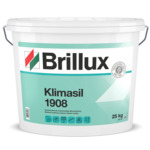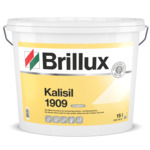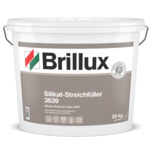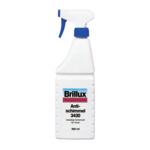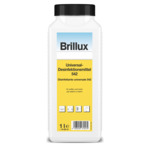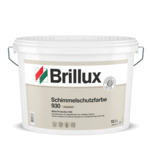Mold protection Natural prevention, effective control
Mold is part of our natural environment. They occur in nature, as well as in building interiors. A natural occurrence of spores in living areas cannot be prevented, as the airborne mold spores enter the home even with normal window ventilation. So potential pathogens – like mold spores – can be taken in simply by taking "a breath of fresh air".
But if the indoor climate is also infested with mold growth and additional spore formation, various additional health issues can also arise. Any occurring mold formation in living spaces should therefore be prevented as quickly as possible and measures taken to stop it occurring again.
Where does mold come from?
There are many reasons for mold occurring in living spaces, but the main cause is always excessive humidity. This can be due to structural reasons, such as rainwater ingress caused by leaks in the roof, cracks in the brickwork, unsuitable facade render or faulty gutters and downpipes. A high new build humidity or condensation due to thermal bridges can also promote mold growth. Pipe breakages and mains water damage can also cause high levels of substrate moisture.
But potential causes are not only inadequate thermal insulation and damage to the structure or pipes, but frequently also the way the room is used.
Prevention: correct ventilation and heating

While non leak-tight window joints previously provided "constant ventilation", completely tight windows now guarantee that no expensive heat – and consequently also humidity – can escape outside. There have also been developments in the window panes: Previously, there was single glazing, which meant cold window panes where condensation could form, which was transported outside via the standard condensation channels in a small pipe. In frosty conditions, the condensation formed frost flowers, which also reduced the humidity in the air. The double or even triple glazing common today no long acts as a "condensate separator". This is why it is now so important to ventilate regularly, as this is the only way to remove the accumulated humidity.

Brief shock ventilation several times a day. For this, windows and doors are opened wide for between 2 and 15 minutes depending on the outside temperature – preferably while creating a draft. As a rule of thumb: In frosty conditions 2–3 minutes, at 0–5 °C approx. 5 minutes, at 5–10 °C for 5–10 minutes and at 10–15 °C for approx. 15 minutes. For hygiene reasons, 1/2–1x air exchange is required every hour. Setting windows to the tilted position for extended periods doesn't help, as warm air constantly escapes to the outside and hits the exterior wall. For bathrooms and kitchens: After taking a shower or cooking, open windows wide briefly to let humidity escape or use the extraction hood in the kitchen. By the way: correct ventilation means behaving in an energy-efficient way. It prevents moisture penetration on the exterior walls from the inside. Moisture penetration on walls should be avoided at all costs, as they let heat energy escape up to three times as quickly.
Active mold prevention
The Brillux KlimAir system
The KlimAir system helps to combat the formation of mold spores, as it combines two functions: Extremely good absorption and high alkalinity.
The absorption capability means that the system is able to absorb moisture from the ambient air in the form of condensation and release it into the ambient air again during dry climate conditions. This partially balances out or buffers extreme fluctuations in the humidity. In conjunction with the high alkalinity of the overall system, mold is left with no breeding ground to grow.
The thin mineral KlimAir panels made from expanded glass granulate are water vapor permeable and extremely pressure-resistant. The matching KlimAir system makes quick implementation and efficient installation possible.
Natural protection from mold
The high alkalinity of silicate products also provides natural protection from mold and algae. Because they absorb water, the substrate remains largely dry – and the moisture that mold requires to grow is removed. Due to their ecological benefits, the silicate products are also an interesting solution for modern building and an ideal addition to the KlimAir system.
And all this also comes with complete design freedom, as all Brillux silicate products are individually tintable using the Brillux Color System or with the preservative-free, full-tone and tinting color Vitamix 9018. All silicate products are low-emission, solvent- and plasticizer-free.
Disinfectant
Renovation of affected surfaces
For effective treatment of affected surfaces, mold, algae, decay, vegetation, bacteria and odors in interior areas on paint, tiles, joints, stone, render etc. must first be removed with Anti Mold 3430. Once the substrate is clean and dry, it is advisable to treat the surface with Universal Disinfectant 542. The special concentrate is the ideal basis for film preserved surfaces and provides effective disinfection for surfaces affected by mold and algae.
Special emulsion
Interior wall coatings with active ingredients
Coating materials containing active ingredients also help to prevent mold growth, with high-quality fungicidal and bactericide ceiling and wall coatings in interior areas at risk from and affected by mold. Brillux recommends Mold Protection 930 here – tested and approved for use in living spaces. For lasting success, however, it is important to identify and remove the cause of the mold growth.
